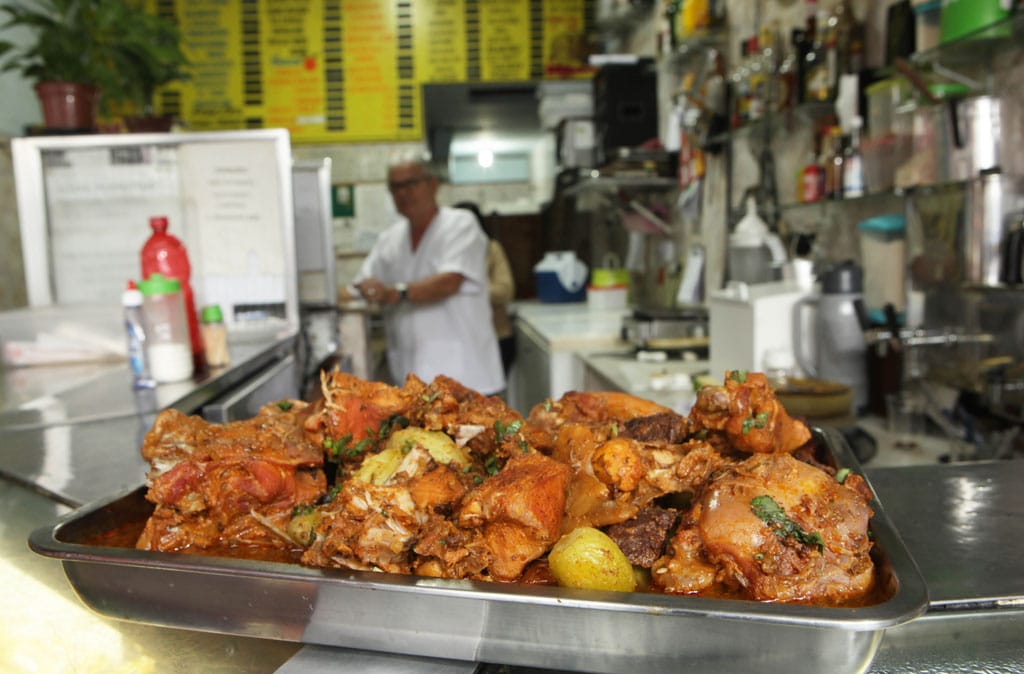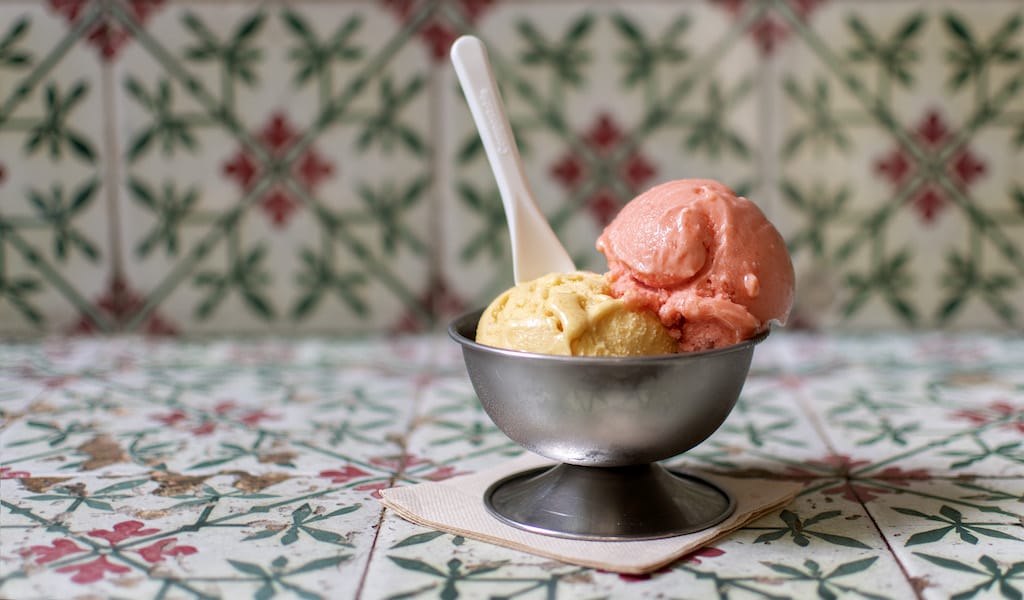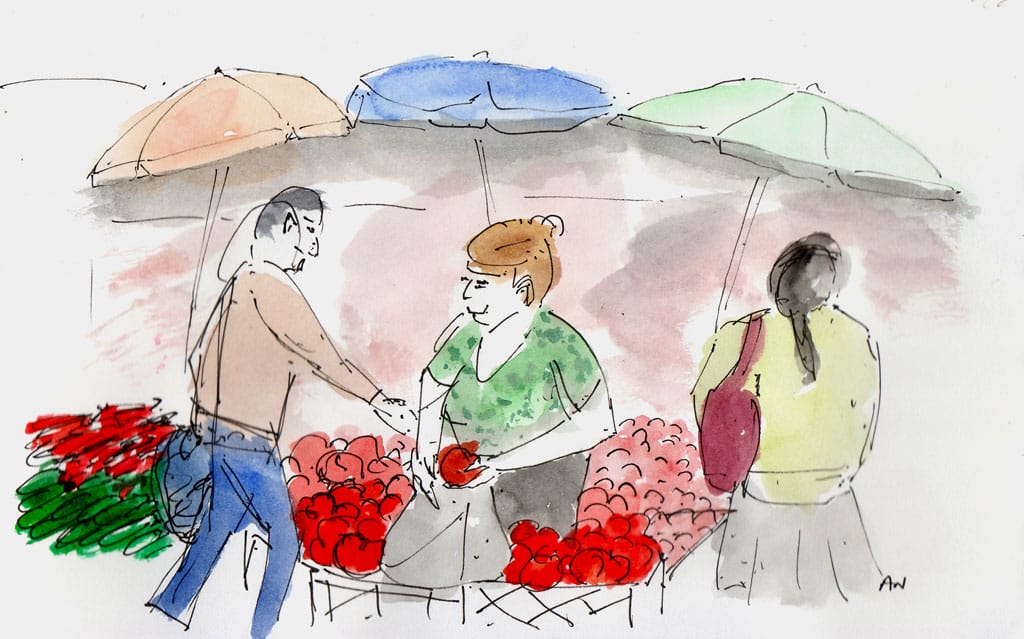In the spring of 2017, the Bywater Bakery opened its doors and became something of an “instant institution.” Part casual restaurant and part impromptu community center, the cafe space hummed with perpetual activity.
Deadline-racked freelancers posted up with their laptops, soon to be covered in butter-rich pastry flakes. Neighborhood regulars would crowd tables for a lingering lunch visit over salads or sandwiches. On many busy mornings, New Orleans jazz luminaries (the late-Henry Butler, Tom McDermott, John Boutte, Jon Cleary) might wander in to make use of the dining room’s upright piano, filing the space with impromptu performance and the occasional singalong.
Kids pressed their noses against the glass display cases to ogle towering layer cakes festooned with fancy icing, flaky coconut or a shiny layer of decadent fudge. Office folks grabbed a cup of coffee and a go-bite from a wall of sweet and savory baked goods. The daily menu offers distinctive offerings like “breakfast gumbo” (chicken and sausage gumbo ladled over grits and scrambled eggs) and classic yakamein (spicy beef noodle soup locally renowned as a hangover cure).
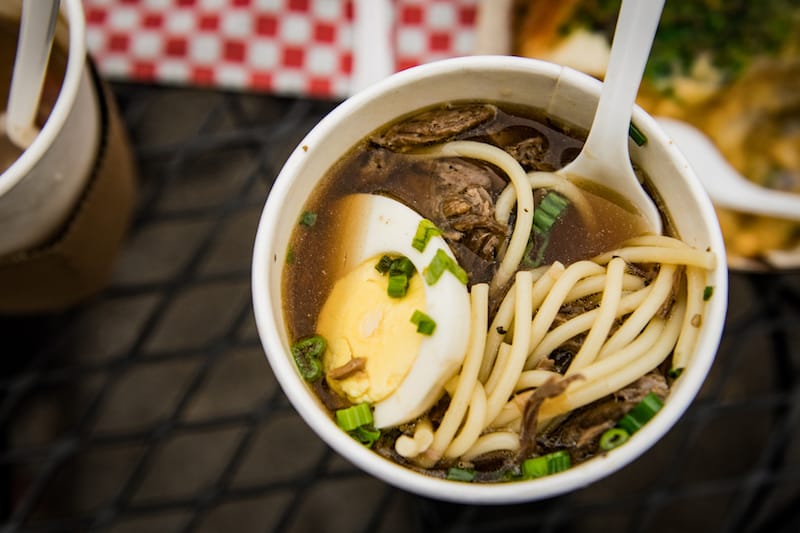
The straightforward cafe/bakery concept was the brainchild (now child) of veteran pastry chef Chaya Conrad and her husband Alton Osborn, a fashion designer connected to the local music scene. The partners not only run the current pandemic-era incarnation of their business – street-side tables in place of indoor dining, socially-distanced guitar/vocal acts replacing the ever-present piano – but also throw annual block parties featuring stars of the local musical firmament, playing for the love of a rapidly-changing New Orleans culture.
The musical mini-festivals draw all-stars from the elder and younger end of the performative spectrum, from R&B legend Al “Carnival Time” Johnson, Cyril Neville and Big Chief Monk Boudreaux to chanteuse Sabine McCalla and the 9th Ward Black Hatchets Indian tribe. A couple times a year, the bakery commandeers a stage at the nearby Bywater Art Gardens, throws a huge party, and benefits local cultural charities all on a Sunday afternoon.
The dual nature of the Bywater Bakery comes from the combined superpowers of Chaya and Alton, which complement each other damned near perfectly. Broadly speaking, Chaya runs the back of the house – cooking and overseeing the bakery’s everyday rush and its burgeoning custom cake business. Alton keeps the dining room as host, counterperson and community-connected social liaison. Their primary strengths and roles overlap and flex in all the right places, making them a workaday New Orleans power couple that serves a rapidly-gentrifying neighborhood while keeping it anchored to the city’s defining African-American traditions.
This was my way to get my live music fix and provide daytime gigs for my friends.
This bedrock dedication to New Orleans traditions goes back to Alton’s work during a uniquely varied career. Born in New Orleans, Osborn spent his early years in the Crescent City before family moves took him around the US; at one point, he literally ran away to join the circus (the elephant lady’s charms were apparently too much to resist). Early adulthood took him to Tahiti with the Merchant Marine, to Milan for a bit of runway modeling, then the nightclub business in Los Angeles and eventually New York’s Fashion Institute of Technology. He moved back to New Orleans to launch his fashion design practice in the open-air French Quarter markets while his booth became a fixture at the annual JazzFest celebration.
When he returned to the city, he nurtured connections to a wide range of New Orleans artistic and performance traditions. Osborne’s fashion sense resonated with members of the Neville Brothers band and other musical notables. On Mardi Gras morning, together with his late brother, the documentary filmmaker Royce Osborne, he would “mask Skull and Bones,” taking part in a lesser-known carnival tradition, in which “bones gangs” drum their way through the tight-knit neighborhoods before dawn, banging on houses and admonishing kids to get their lives on track. Alton’s energetic celebration of local musical/artistic scenes and commitment to the hustle fuels the yearly block parties and the bakery’s energetic role as community hub.
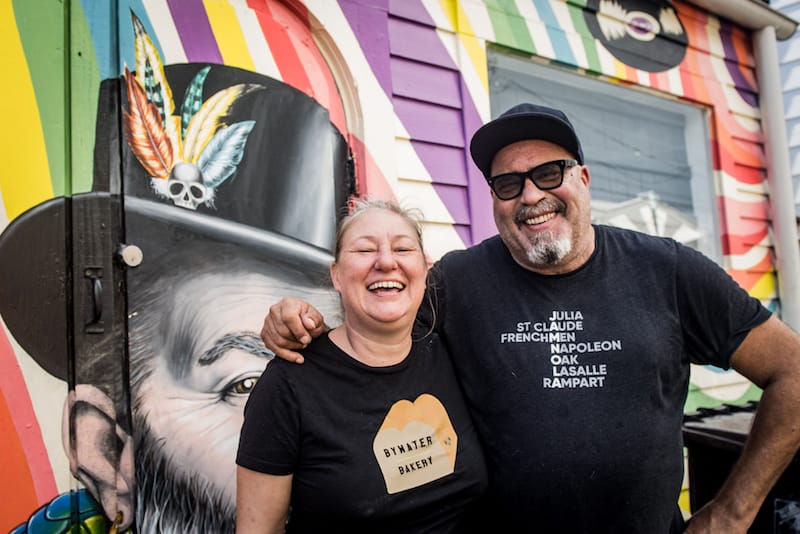
Years later, when he and Chaya joined forces, live music became central to the bakery’s vibe and its raison d’etre. As they sketched the dining room, Alton suggested that they move a piano from his former tailor’s atelier and make it the front-of-house centerpiece. Chaya made a practical, business-minded argument.
“She told me, ‘Well, if we don’t do it, we have two more tables…’ Alton recalls. “And after some back and forth, I said, ‘Yeah, [pause] but… [longer pause] LIVE MUSIC…’”
“I learned over time that the I couldn’t stay out late in the clubs any more. We get up early, and most days we’re in bed by 9pm. This was my way to get my live music fix and provide daytime gigs for my friends,” he says.
During the early days of the Covid-19 pandemic, the pair shifted to outdoor-cafe mode, with a few block parties punctuating the city’s celebratory calendar. “We always did something the Monday after JazzFest,” he says. “And that started as a ‘Who’s still in town?’ lineup. We try to do something in the summer, and of course, the King Cake Festival.”
The King Cake Festival is Alton and Chaya’s celebration of a specific and decadent local delicacy that arrives annually at the beginning of Carnival season – January 6, or what locals call Twelfth Night. During that Carnival-season celebratory window, you’re never terribly far from a King Cake, which started out as a simple cinnamon-spiced ring cake (not so different from an oversized sweet danish) with a little traditional twist. Hidden somewhere in the cake is a tiny baby-shaped figurine. If you bite down on your piece of the tasty cake and manage to “get the baby,” tradition dictates that you buy the King Cake for the next gathering. In an office environment, that means… tomorrow. But even in house party or game-watching scenarios, the cakes always arrive – a signal of the season and the playfully circular cycle of pre-Lenten indulgence.
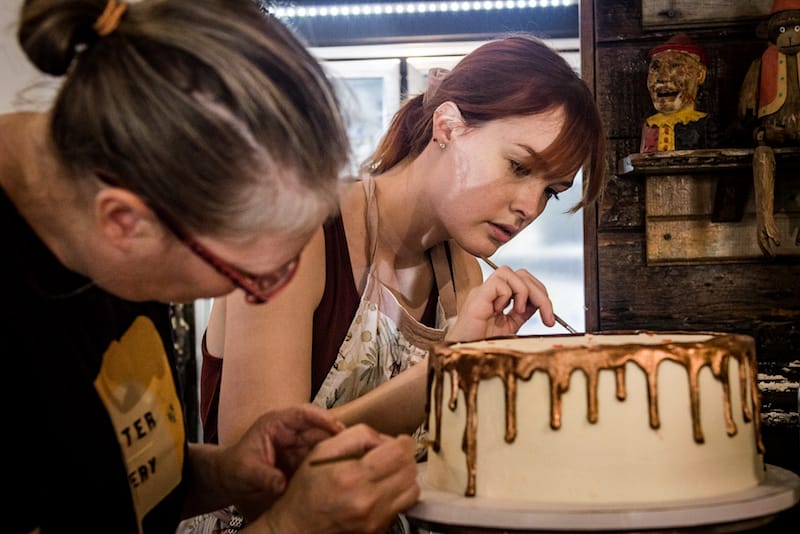
Every year, when King Cakes “take over” at the bakery, Chaya unveils a new set of flavors for the year, and it’s off to the races. In addition to the plain (but still plenty decadent) cinnamon variety, they’re known for classics such as chantilly (stuffed with rich but feathery mascarpone whipped cream), Azul Dulce (with blueberry) and caramel-scented pecan praline. Chaya’s experimental side includes forays into savory territory – “cakes” stuffed with spicy boudin (a Cajun rice and pork sausage), crawfish au gratin, and an Italian-influenced spinach and artichoke mixture.
The Bywater Bakery King Cake Festival kicks off the season with an afternoon of live local music, a couple of thousand king cakes, and support for the New Orleans Musician’s Clinic. Chaya and her crew shifted into high gear for the event, baking 2,000 king cakes for customers waiting in block-long lines for their cardboard box full of goodness.
According to tradition, King Cakes disappear when the clock strikes midnight on Ash Wednesday. Their time is done, and temperance (and exhaustion) reigns during Lent. And that’s a relief to Chaya and Alton, who managed to make 18,000 cakes last year during the Covid-altered Mardi Gras season. Only after the season of cake ends can the bakers truly rest.
In the aftermath, Chaya says the event reflects the couple’s underlying work philosophy. “It’s a great thing,” she says. “This way we both get to do the work we most love to do.”
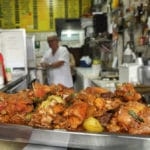 December 15, 2016 Best Bites 2016
December 15, 2016 Best Bites 2016
Our best eating experiences of the year include dishes at botequins old and new, as well […] Posted in Rio August 10, 2021 The Frozen Few
August 10, 2021 The Frozen Few
My memories of helados (ice cream) as a kid in the small Galician town of Vigo in the […] Posted in Barcelona September 26, 2016 Tbilisi Sketches
September 26, 2016 Tbilisi Sketches
This is a piece that celebrates the odd, the misshapen and the sometimes grotesque – in […] Posted in Tbilisi, Urban Sketches
Pableaux JohnsonPableaux Johnson
Published on February 18, 2022
Related stories
December 15, 2016
RioOur best eating experiences of the year include dishes at botequins old and new, as well as unexpected finds elsewhere in the city. Ajota Bar’s rooster One of the most delicious discoveries I made in Rio this year was the rooster from Ajota Bar, a very humble botequim – or traditional family-run bar – in…
August 10, 2021
BarcelonaMy memories of helados (ice cream) as a kid in the small Galician town of Vigo in the 80s are mostly of the signs outside kiosks advertising Colajets (a cola and lemon flavored popsicle) and Frigo Pies (strawberry ice cream shaped like a foot) – colorful, industrial fantasies on a stick. The quality ice creams…
Rough, wild, but always beautiful, the bazaar awaits you on our culinary walk!
September 26, 2016
TbilisiThis is a piece that celebrates the odd, the misshapen and the sometimes grotesque – in other words, what to look for to find a really tasty tomato. Just to be clear, we are talking about tomatoes from Sakartvelo here. Sakartvelo? You might know it better as Georgia, but Sakartvelo – literally, the dwelling place…














































